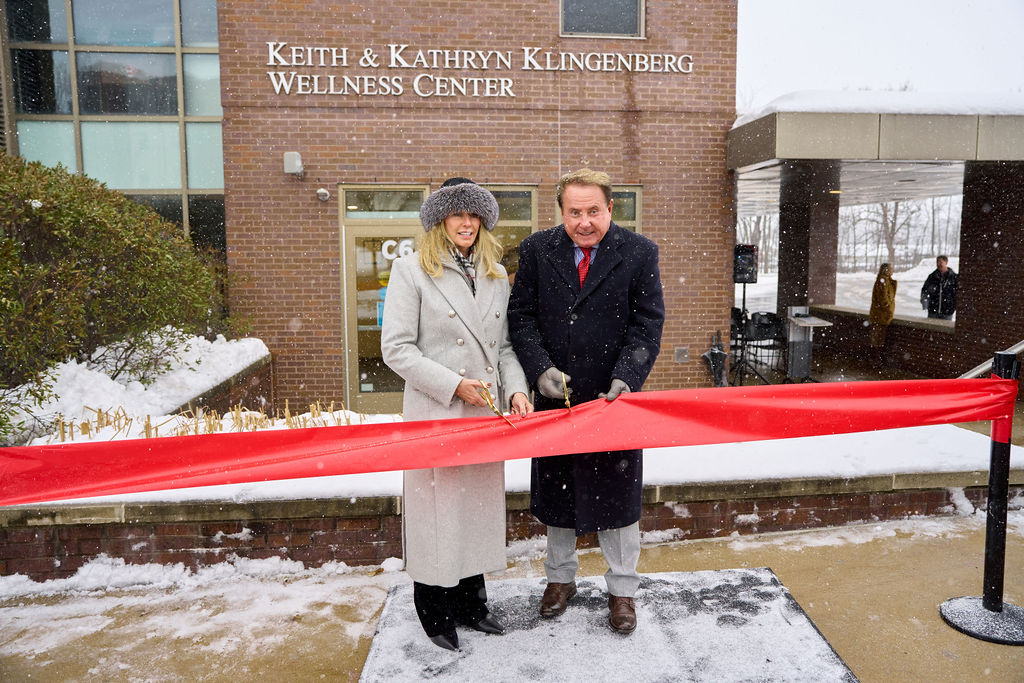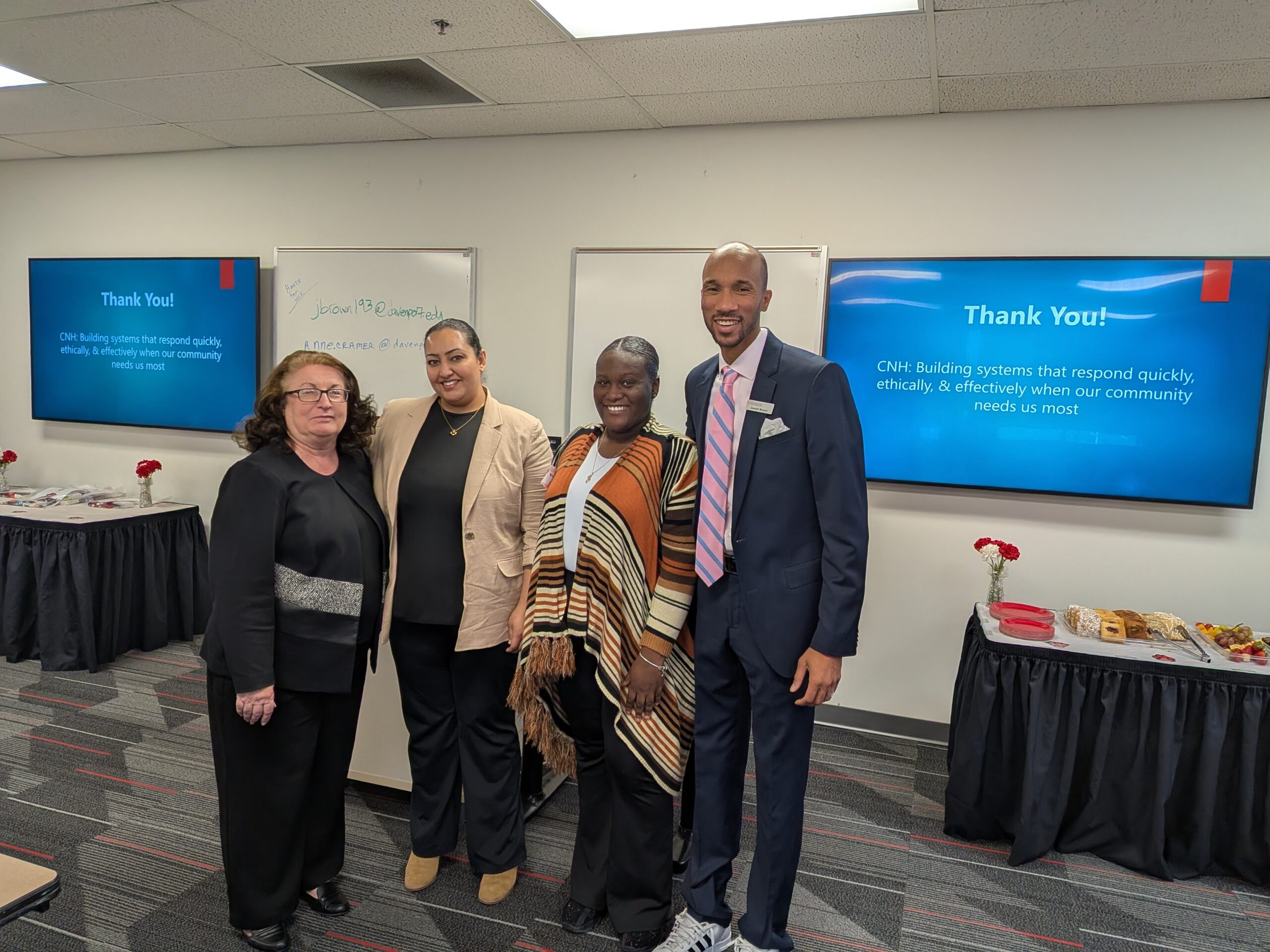 Financial Aid 101: What You Need to Know About Funding a College Education
Financial Aid 101: What You Need to Know About Funding a College Education
It’s no secret that college is expensive. Fortunately, there is money available to help you fund your college education – you just have to know where to look. To make it as easy as possible, we’ve compiled a list of some of the best sources of funding. Read on to find out where money may be waiting for you.
Funding From the State of Michigan
Even if you’re not eligible for federal financial assistance, you might qualify for financial aid from your state. In Michigan, student residents can research MI Student Aid to find programs and scholarships they’re eligible to receive. Don’t live in Michigan? Contact your state grant agency or visit the state government’s website for more information on college funding.
Funding From Nonprofit, Private and Community Organizations
You’ll have to dig deeper, but there is money available from unlikely sources like nonprofits and corporations. Many community organizations, such as the Rotary and your local Chamber of Commerce, may also provide financial assistance for higher education.
Nearly every county in the State of Michigan has a community foundation that provides scholarships. Be sure to research your local community foundation to learn how to apply for these scholarships.
Here are a few places to start:
- Grand Rapids Community Foundation
- Ann Arbor Community Foundation
- Community Foundation for Southeast Michigan
- Kalamazoo Community Foundation
- Bay Area Community Foundation
- Midland Area Community Foundation
Find more opportunities by checking out this comprehensive list of scholarships.
Scholarships From Davenport University
Davenport awards more than $15 million in institutional and foundation scholarships each year. In fact, more than 94% of our students receive financial aid. For certain scholarships, applicants are automatically reviewed for eligibility once accepted into the university. However, there are plenty of other scholarships and grants students can take advantage of at Davenport – you’ll just need to apply.
Find more information and a full listing of Davenport University’s scholarships here.
Federal Financial Aid – Grants, Work-Study, Loans
According to the U.S. Department of Education, more than $120 billion is awarded to more than 13 million students each year through three types of federal student aid – grants, work-study funds and low-interest loans.
Grants
Grants are essentially free money. You don’t have to repay a grant. There are several types of federal grants available, such as the TEACH and Pell Grants (this grant can turn into a loan). You can find comprehensive information about these federal student grant programs here.
Work-Study
Work-study grants help pay education expenses by providing part-time work-related or community service jobs for eligible undergraduate and graduate students. It is available to full-time and part-time students. These positions are typically available on campus and within departments like marketing or institutional research, so students may be able to gain valuable experience for their resume by taking advantage of work-study as well. Students can use their paychecks to help fund their education and living expenses. Learn more about work-study here.
Loans
Federal student loans are not much different than a loan you take out to purchase a car, but instead, you are borrowing money for college. Upon completion of your education, you must repay your loans with interest. The William D. Ford Federal Direct Loan Program, commonly referred to as “Direct Loans,” is the U.S. Department of Education’s federal student loan program. With these loans, the U.S. Department of Education is your lender.
Types of Direct Loans:
- Direct Subsidized Loans are made to eligible undergraduate students who demonstrate financial need. Subsidized loans do not accrue interest while you are in school.
- Direct Unsubsidized Loans are loans made to eligible undergraduate, graduate and professional students. Eligibility is not based on financial need. It’s important to understand if your loans are subsidized or unsubsidized because unsubsidized loans accrue interest while you are in school.
- Direct PLUS Loans are loans made to parents of dependent undergraduate students who need help paying for education expenses not covered by other financial aid. Eligibility is not based on financial need, but a credit check is required.
Get more details about why federal loans may be better for you than private loans, find amount limits and more.
Important! Many forms of financial aid require you to fill out the FAFSA, even if you’re not planning to take out federal loans.
Here’s How to Get Started With FAFSA
“FAFSA” stands for Free Application for Federal Student Aid. We recommend filling out the form as soon as possible. Colleges and universities often have deadlines. You can usually find the FAFSA form on the financial aid page of the university you are considering. You can also apply here.
You should add your college of choice and any others you are considering to your FAFSA so that your results can easily be seen by that college. To do this, you’ll need to enter the school’s FAFSA code. For example, Davenport’s FAFSA code is 002249.
Still Looking For More Information?
Here are some additional resources you can use to find funding for your college education:
Also, don’t hesitate to reach out to Davenport’s Admissions Office for a more personalized consultation on what kind of financial aid might be available to you.
Share This Story!
 Financial Aid 101: What You Need to Know About Funding a College Education
Financial Aid 101: What You Need to Know About Funding a College Education
It’s no secret that college is expensive. Fortunately, there is money available to help you fund your college education – you just have to know where to look. To make it as easy as possible, we’ve compiled a list of some of the best sources of funding. Read on to find out where money may be waiting for you.
Funding From the State of Michigan
Even if you’re not eligible for federal financial assistance, you might qualify for financial aid from your state. In Michigan, student residents can research MI Student Aid to find programs and scholarships they’re eligible to receive. Don’t live in Michigan? Contact your state grant agency or visit the state government’s website for more information on college funding.
Funding From Nonprofit, Private and Community Organizations
You’ll have to dig deeper, but there is money available from unlikely sources like nonprofits and corporations. Many community organizations, such as the Rotary and your local Chamber of Commerce, may also provide financial assistance for higher education.
Nearly every county in the State of Michigan has a community foundation that provides scholarships. Be sure to research your local community foundation to learn how to apply for these scholarships.
Here are a few places to start:
- Grand Rapids Community Foundation
- Ann Arbor Community Foundation
- Community Foundation for Southeast Michigan
- Kalamazoo Community Foundation
- Bay Area Community Foundation
- Midland Area Community Foundation
Find more opportunities by checking out this comprehensive list of scholarships.
Scholarships From Davenport University
Davenport awards more than $15 million in institutional and foundation scholarships each year. In fact, more than 94% of our students receive financial aid. For certain scholarships, applicants are automatically reviewed for eligibility once accepted into the university. However, there are plenty of other scholarships and grants students can take advantage of at Davenport – you’ll just need to apply.
Find more information and a full listing of Davenport University’s scholarships here.
Federal Financial Aid – Grants, Work-Study, Loans
According to the U.S. Department of Education, more than $120 billion is awarded to more than 13 million students each year through three types of federal student aid – grants, work-study funds and low-interest loans.
Grants
Grants are essentially free money. You don’t have to repay a grant. There are several types of federal grants available, such as the TEACH and Pell Grants (this grant can turn into a loan). You can find comprehensive information about these federal student grant programs here.
Work-Study
Work-study grants help pay education expenses by providing part-time work-related or community service jobs for eligible undergraduate and graduate students. It is available to full-time and part-time students. These positions are typically available on campus and within departments like marketing or institutional research, so students may be able to gain valuable experience for their resume by taking advantage of work-study as well. Students can use their paychecks to help fund their education and living expenses. Learn more about work-study here.
Loans
Federal student loans are not much different than a loan you take out to purchase a car, but instead, you are borrowing money for college. Upon completion of your education, you must repay your loans with interest. The William D. Ford Federal Direct Loan Program, commonly referred to as “Direct Loans,” is the U.S. Department of Education’s federal student loan program. With these loans, the U.S. Department of Education is your lender.
Types of Direct Loans:
- Direct Subsidized Loans are made to eligible undergraduate students who demonstrate financial need. Subsidized loans do not accrue interest while you are in school.
- Direct Unsubsidized Loans are loans made to eligible undergraduate, graduate and professional students. Eligibility is not based on financial need. It’s important to understand if your loans are subsidized or unsubsidized because unsubsidized loans accrue interest while you are in school.
- Direct PLUS Loans are loans made to parents of dependent undergraduate students who need help paying for education expenses not covered by other financial aid. Eligibility is not based on financial need, but a credit check is required.
Get more details about why federal loans may be better for you than private loans, find amount limits and more.
Important! Many forms of financial aid require you to fill out the FAFSA, even if you’re not planning to take out federal loans.
Here’s How to Get Started With FAFSA
“FAFSA” stands for Free Application for Federal Student Aid. We recommend filling out the form as soon as possible. Colleges and universities often have deadlines. You can usually find the FAFSA form on the financial aid page of the university you are considering. You can also apply here.
You should add your college of choice and any others you are considering to your FAFSA so that your results can easily be seen by that college. To do this, you’ll need to enter the school’s FAFSA code. For example, Davenport’s FAFSA code is 002249.
Still Looking For More Information?
Here are some additional resources you can use to find funding for your college education:
Also, don’t hesitate to reach out to Davenport’s Admissions Office for a more personalized consultation on what kind of financial aid might be available to you.
Share This Story!
Stay connected!
Get the latest Davenpost News delivered to your inbox!
Related Stories
The first libraries appeared over five thousand years ago and were made of clay tablets. Over time, these tablets became [...]
Davenport’s digital suite of learning formats offers students the flexibility they need, without sacrificing the quality experience they deserve. Learning [...]
Davenport University and the Michigan Hispanic Chamber of Commerce (MHCC) have entered into a corporate scholarship agreement providing tuition discounts [...]
Latest Stories
Davenport University partners with Grand Valley State University and Grand Rapids Community College on the community-wide MLK day celebration on [...]
Davenport President Richard J. Pappas addresses attendees. Davenport University leaders, trustees, employees and guests gathered December 10 on [...]
Pictured from left to right: Susan Crkovski, executive campus director-Warren; Davenport student Jeryn Washington, BSN Pre-Licensure program; Davenport student Manar [...]








